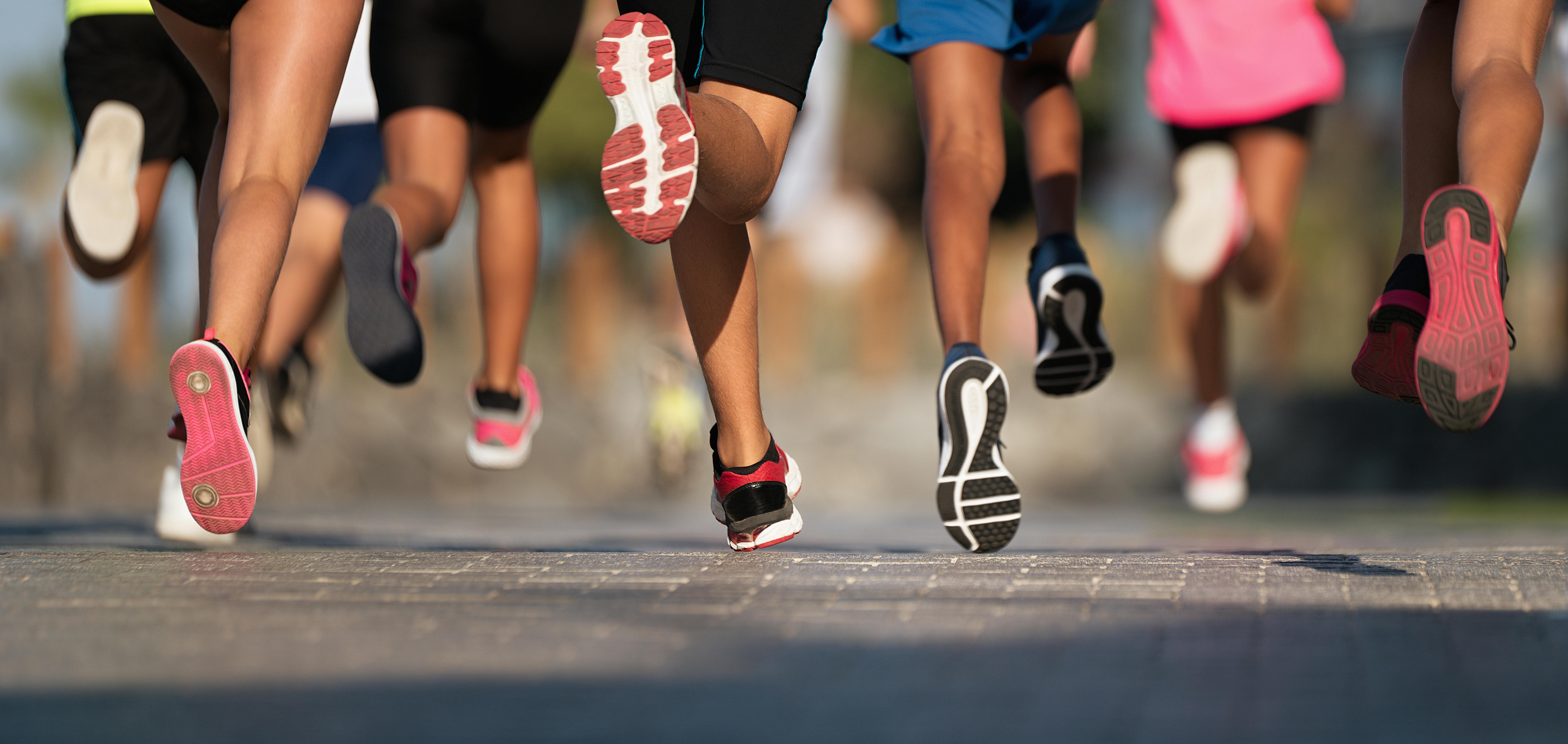
Summer is a great time to get outside and participate in all of the activities that we were unable to throughout the winter. With the return of nice weather, many love to get back into hiking, walking and running outside. While this is great, and it is important to stay active, there are some risks that come with the higher temperatures. Here are some tips on how to stay safe while getting in your miles:
1)Check the weather
It’s important to check the weather prior to your run to prepare appropriately. It’s not only important to check the temperature, but the humidity as well. Even if temperatures are relatively low, you are still at risk for heat illness if humidity is high because it prevents your sweat from evaporating and properly cooling your body. Road Runners Club of America advises to avoid running outside if the temperature is above 98 degrees and humidity is above 70-80%.
2) Hydrate
Not only is it important to remain hydrated during your run, it is important to pre-hydrate as well. Try to drink water a couple hours prior to your run and approximately 15 minutes before your run. Keep water and electrolytes with you or nearby on the run as well to drink when you are thirsty throughout the workout/run.
3) Dress appropriately for the weather
Try to wear lighter colors that will absorb less heat, as well as moisture-wicking fabric to help keep you dry. Loose clothing will also be helpful in keeping air circulating. In addition to your clothing, remember to apply SPF and wear a hat or sunglasses to protect you from the sun.
4) Adjust your training schedule
If you are able, try to avoid peak heat/sun hours (10am to 2pm) and run earlier in the morning or later in the evening when it has cooled down. You might also have to adjust the duration/distance of your run, completing your shorter runs outside and saving longer runs for cooler days or indoors.
5) Run with a partner
While this won’t change the conditions outside, it improves your safety on your run. If you or your partner gets to hot or does start to show signs of heat illness, the other can assist in cooling them down and getting home safely.
6) Know the signs of heat illness
There are varying degrees of heat illness (heat cramps > exhaustion > heat stroke), and it can quickly progress if not addressed with the first signs and symptoms. Signs of heat exhaustion include dizziness, thirst, heavy sweating, nausea and weakness, cramps, and pale clammy skin. If you begin to experience any of these symptoms on your run, stop running and move to a cooler area, drink cool water and loosen clothing if you can. If your symptoms don’t improve or worsen, seek medial help to prevent heat stroke. Signs of heat stroke include confusion, nausea and dizziness, throbbing headache, hot red skin, rapid pulse, and potentially fainting, or loss of consciousness. Heat stroke is a medical emergency, call 911 or get the hospital as quickly as possible, and try to move the person to a cool environment, cool them with cool cloths or bath if available.
If pain is hindering your ability to run, consider stopping in for a check up or running analysis by visiting our Request an Appointment page.
